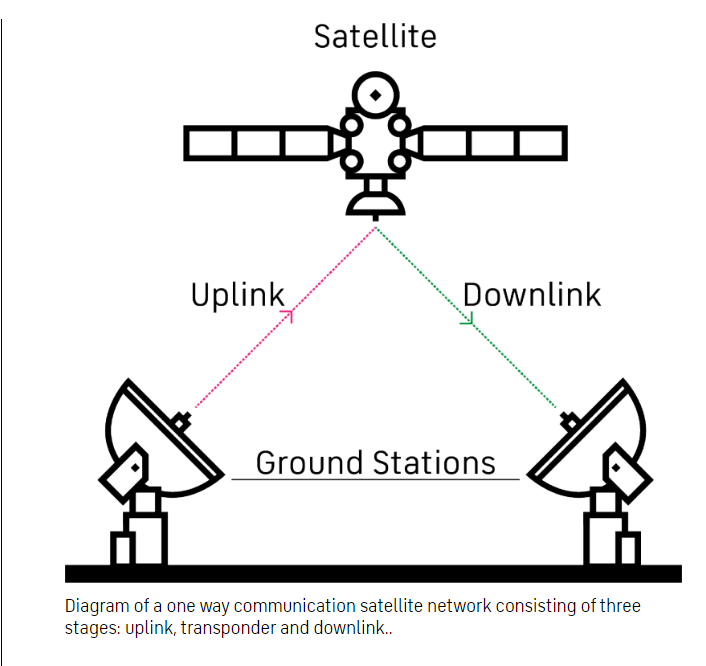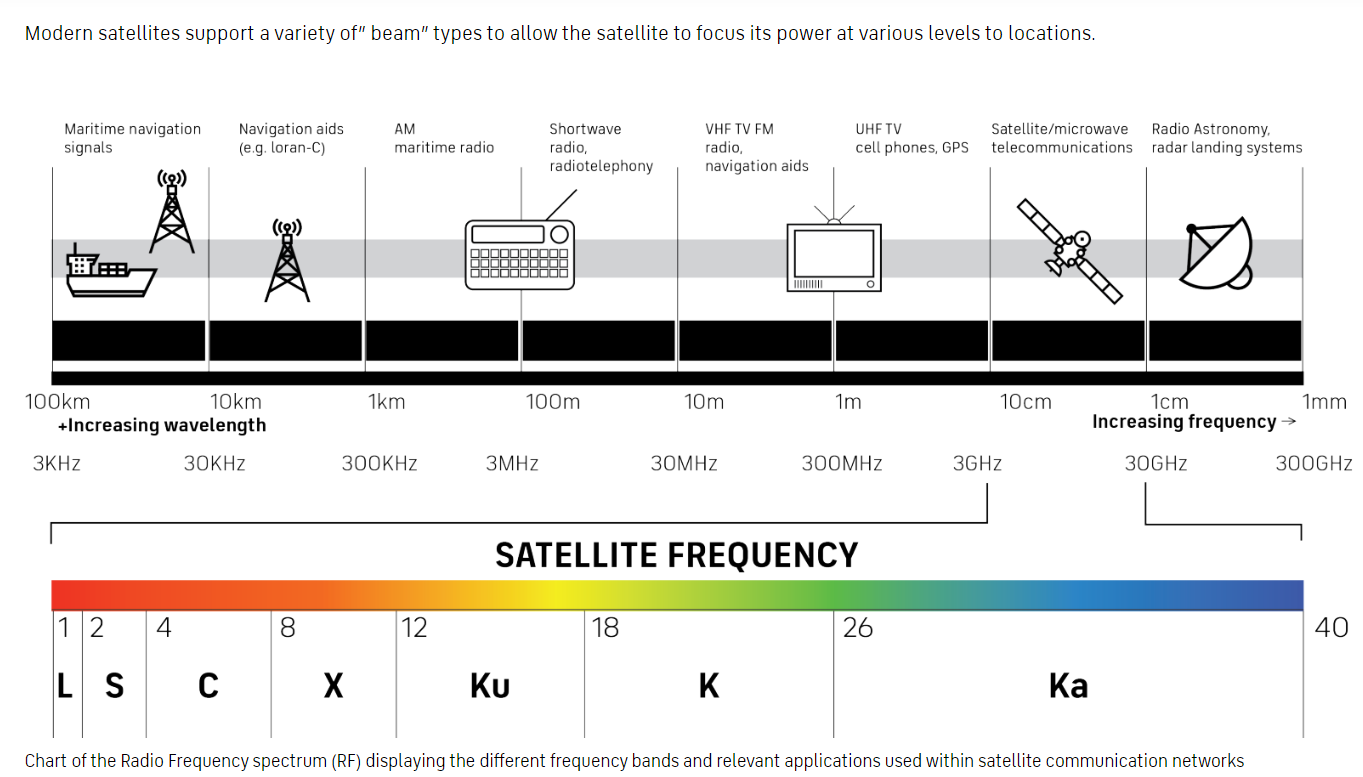Satellite-Based Communication | 06 Jul 2024
Why in News?
Recently, satellite-based communication for internet connectivity has gained traction, although its evolution has shifted away from being user-centric, raising questions about its viability for users in India.
What is Satellite Based Communication?
- About:
- A communications satellite is a type of artificial satellite placed in Earth’s orbit to send and receive communication data between a source and a destination.
- With over three thousand communication satellites in multiple orbits today, millions worldwide rely on satellite communications to deliver radio, television, and military applications.
- Satellite communications have opened access to voice and data communication services across the globe in places where terrestrial cellular and broadband connectivity is not available or network coverage is patchy.
- Types:
- Based on the orbit, communication satellites fall into one of four categories:
- Geostationary Earth orbit (GEO)
- Medium Earth orbit (MEO)
- Low Earth orbit (LEO)
- Highly elliptical orbit (HEO)
- Based on the orbit, communication satellites fall into one of four categories:
- Working:
- Satellite communications use orbiting satellites and ground stations to transmit and relay information via microwaves between points on Earth.
- There are three stages in the process:
- Uplink
- Transponder
- Downlink
- For example, in live television, a broadcaster sends a signal to a satellite (uplink), which then boosts and changes the frequency of the signal (transponder), before sending it back to Earth stations (downlink).
- Current Status of Satcom Services in India:
- Even though technology is ready for India, Satcom services are not yet operational in India primarily due to pending allocation of satellite bandwidth by the government.
- Recently, Reliance Industries' Jio Platforms has received approval from India's space regulator, IN-SPACe, to deploy satellites for gigabit fibre internet services, pending additional clearances from the telecom department to commence operations.
- Even though technology is ready for India, Satcom services are not yet operational in India primarily due to pending allocation of satellite bandwidth by the government.
- Target Audience and Services:
- Satcom operators plan to target both individual consumers and enterprises.
- Starlink is known for its consumer-focused approach with portable routers, while Airtel and Reliance Jio are looking at both consumer and enterprise markets.
- Technological Readiness:
- Device compatibility is an issue as specialised antennas are required to receive satellite signals. This adds to the cost for consumers.
- Moreover, mainstream integration of satellite receivers in consumer devices has been limited so far, despite efforts by companies like Apple and Qualcomm.
- Challenges and Limitations:
- Satcom services face challenges such as high setup costs, especially for consumer applications.
- The cost of equipment, including specialised antennas, remains a barrier. Pricing is another concern as satcom services are perceived as expensive compared to terrestrial broadband.
- Future Outlook:
- The future of satcom in India hinges on regulatory approvals, technological advancements, and addressing cost concerns. The entry of new players like Project Kuiper could potentially intensify competition and innovation in the market.
UPSC Civil Services Examination, Previous Year Question (PYQ)
Prelims:
Q. The terms ‘Event Horizon’, ‘Singularity’, ‘String Theory’ and ‘Standard Model’ are sometimes seen in the news in the context of (2017)
(a) Observation and understanding of the Universe
(b) Study of the solar and the lunar eclipses
(c) Placing satellites in the orbit of the Earth
(d) Origin and evolution of living organisms on the Earth
Ans: (a)
Q. For the measurement/estimation of which of the following are satellite images/remote sensing data used? (2019)
- Chlorophyll content in the vegetation of a specific location
- Greenhouse gas emissions from rice paddies of a specific location
- Land surface temperatures of a specific location
Select the correct answer using the code given below.
(a) 1 only
(b) 2 and 3 only
(c) 3 only
(d) 1, 2 and 3
Ans: (d)




